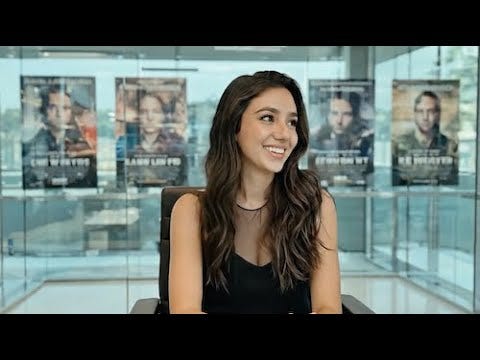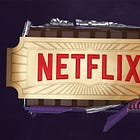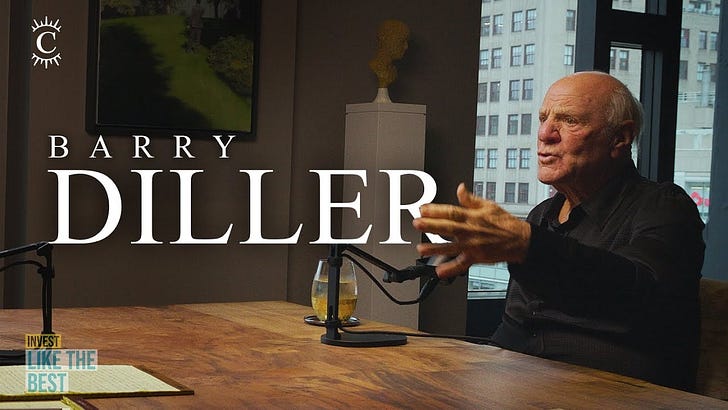"More Content" Isn't A Strategy When Creators Don't Need You To Make It
"More content" strategies (NFLX & video podcasts, PSKY Warner Bros. acquisition) solve yesterday's problems. Generative AI drops costs 95%+. What is the model when creators don't need studio capital?
[Author’s Note:
I sent an essay out on Tuesday that did not reach everyone due to a technical error. “Reader Feedback: Game Theory Explained + Two Corrections” is available to both free and paid subscribers.
I will be in LA November 16th thru 19th. It would be great to connect with readers! Please respond to this email if you would like to meet and are free on either Monday the 17th or Tuesday the 18th.]
Recent reports reveal both Netflix and Paramount Skydance (PSKY) are scrambling for more content.
Netflix has sent out “dozens of requests to agents at WME, UTA and CAA in an attempt to sign on more video podcasters”. Paramount Skydance CEO David Ellison wants Paramount to be perceived as “a land of abundance.” He wants “more content, not less”, and he believes acquiring Warner Bros. puts him in “the top three, not the bottom three.”
These moves look like a growth strategy. Adding video podcasts does move Netflix closer to YouTube and Spotify’s catalog. And yes, PSKY adding over 100,000 hours of programming with the Warner Bros. library would make it larger.
But “more content” is an impossible mountain to climb when your competition is Spotify and YouTube. Spotify has over 100 million songs, 7 million podcast titles and over 350,000 audiobooks. More than 500 hours of video are uploaded to YouTube every minute.
By comparison, Netflix has over 16,000 TV series and movie titles in its library, 120 mobile games and less than 10 new “party games” for TVs. Paramount+ has movie, TV series and sports titles in the thousands, and YouTube adds the size of Warner Bros.’ 100,000 hours every 20 days.
Netflix is already expanding “more content” to video podcasts and party games—in other words, lower-cost, higher-volume content. Video podcasts are free on YouTube and Spotify. The objective of “more content” seems to be pushing both Netflix and PSKY towards cheaper content that is also produced much faster —video podcasts take days whereas traditional TV and film productions take weeks.
The obvious logical next step is generative AI shows and movies. In the case of PSKY, these would use both its and WB’s IP. But what if both creators and consumers do not want that? What will Netflix and PSKY do then?
What Sora Has Revealed About Demand
Two weeks ago I wrote about how in the “new medium” of AI platforms, “real people might be worth more” to creators and their audiences than legacy media IP. “Real people” are not just limited to celebrities: Creators can use tools like Google Veo 3 to invent AI acting talent like Tilly Norwood, or use Sora to create videos starring themselves (“Mitty IP”).





